Sample of black vinyl fabric from a couch purchased / manufactured c. 2000: 242 ppm Lead & 5,131 ppm Antimony [linked to SIDS.]
July 2, 2022 – Saturday
This sample of fabric from a sofa (c. 2000) was sent to me by a reader for testing. She had heard that both vinyl and leather coverings of sofas could have Lead and she wanted to make sure this sofa was safe for her family. In testing the sofa vinyl, I found (with the XRF instrument’s test window on the thin black front of the material), that the sample is positive for at least 242 ppm Lead and at least 5,131 ppm Antimony. I say “at least” because – given the thinness of the sample, the readings are “diluted” by the neutral background material of the (wooden / metals-free) surface on which it was tested. I am confident that if the sample were tested in a lab utilizing digestive testing methodologies, both the Lead and the Antimony level would likely be significantly higher.
My advice for this family:
Given that the Lead level (for the coating on any item intended for use by children) considered unsafe for children has been set at 90 ppm Lead or greater, and given the Antimony limits (in any component of a mattress intended for use by a child in the State of California) has been set at 1,000 ppm, I do not consider this sofa safe to have in a home with small children.
I would recommend getting a new replacement sofa with alternate materials — preferably natural materials (not treated with heavy metals-based dyes / colorants, and not doused with Antimony-based “flame retardant”). Considering this sofa is 22+ years old, I am not surprised at all by either the Lead levels or the Antimony levels. Also, because the owner lives in The State of California, I can say (with a relatively high level of confidence) that any new replacement sofa product they purchase from a reputable / known brand or store in their State will likely either be free of Lead and Antimony or will have only trace levels (far below the levels that might be considered harmful).
Antimony has been causally linked to SIDS, and while a couch manufacturer might argue that a couch is different from a mattress and [perhaps] should not be held to the same standards, in my 26 years of experience as a parent, I can tell you that in reality, children (especially small children) interact with a couch in much the same way they interact with their mattress (they spend a lot of time on the couch; they sleep on the couch; they snuggle on the couch when they are sick; they read stories on the couch with parents…and they often bury their face in the cushions of a couch.) Given the SIDS link, I feel quite strongly about my recommendation to remove a couch like this one from a home with small children.
General advice for others
Whenever I work with families looking to make sure their homes are safer for their children, I always have the following recommendation when it comes to sofas (and mattresses too!):
- This is an object that is pretty central to your home and your daily life; an object you and your family spend a LOT of time interacting with; that may likely be in your life at least a decade or more — for most (or all) of your children’s childhood, especially if acquired when they are young.
- If you are going to splurge on ONE piece of furniture, getting the best (least-toxic; highest-quality; natural-materials) sofa that you can afford is the investment you want to make!
- If you cannot afford a high-quality non-toxic sofa right now – get a cheap one at Ikea or a similar big box store that follows European standards (a sofa made with natural materials – like cotton fill, and cotton covers, and down pillows, if possible) and start saving-up for the nice one (do your homework, research manufacturers).
I would offer this same advice for mattresses. You want your sofa and your mattress (and bedding / pillows) to be the best you can afford – saving-up for them or (perhaps) asking everyone to chip-in to buy you the sofa and mattress of your choice for your wedding (?) / anniversary (?) / baby shower gift (?). These items are not items to skimp on and when possible — and you really should never buy vintage (vintage = 20 years old or older) couches [and should resist offers of free/donated and inherited/hand-me-down items like this, as well].
Full reading set for the vinyl sample pictured.
Reading #1) 60-second reading
Sample folded in half for thickness / density of testing
- Lead (Pb): 156 +/- 11 ppm
- Cadmium (Cd): non-detect
- Tin (Sn): 32 +/- 8 ppm
- Mercury (Hg): non-detect
- Selenium (Se): non-detect
- Barium (Ba): non-detect
- Arsenic (Ar): non-detect
- Chromium (Cr): 840 +/- 112 ppm
- Antimony (Sb): 2,302 +/- 33 ppm
- Copper (Cu): 50 +/- 18 ppm
- Zinc (Zn): 155 +/- 15 ppm
- Titanium (Ti): 3,416 +/- 1.225 ppm
- Iron (Fe): 445 +/- 58 ppm
- Vanadium (V): 989 +/- 415 ppm
- Chlorine (Cl): 360,000 ppm
- No other metals detect in consumer goods mode.
Reading #2) 60-second reading
Sample folded in quarters for thickness / density of testing
- Lead (Pb): 242 +/- 16 ppm
- Cadmium (Cd): non-detect
- Tin (Sn): 78 +/- 11 ppm
- Mercury (Hg): non-detect
- Selenium (Se): non-detect
- Barium (Ba): non-detect
- Arsenic (Ar): non-detect
- Chromium (Cr): 1,291 +/- 144 ppm
- Antimony (Sb): 5,131 +/- 74 ppm
- Copper (Cu): 56 +/- 24 ppm
- Zinc (Zn): 225 +/- 20 ppm
- Titanium (Ti): 5,398 +/- 1,496 ppm
- Bromine (Br): 13 +/- 4 ppm
- Iron (Fe): 663 +/- 75 ppm
- Vanadium (V): 1,699 +/- 505 ppm
- Chlorine (Cl): 360,000 ppm
- Bismuth (Bi): 23 +/- 9 ppm
- No other metals detect in consumer goods mode.
For those new to this website:
Tamara Rubin is a multiple-Federal-award-winning independent advocate for consumer goods safety and a documentary filmmaker. She is also a mother of Lead-poisoned children. Tamara’s sons were acutely Lead-poisoned in August of 2005. She began testing consumer goods for toxicants in 2009 and was the parent-advocate responsible for finding Lead in the popular fidget spinner toys in 2017. Tamara uses XRF testing (a scientific method used by the U.S. Consumer Product Safety Commission) to test consumer goods for toxicants (specifically heavy metals), including Lead, Cadmium, Mercury, Antimony, and Arsenic. All test results reported on this website are science-based, accurate, and replicable. Items (and separate components) are each tested multiple times, to confirm the test results for each component tested and reported on. Please click through to this link to learn more about the testing methodology used for the test results discussed and reported on this website.
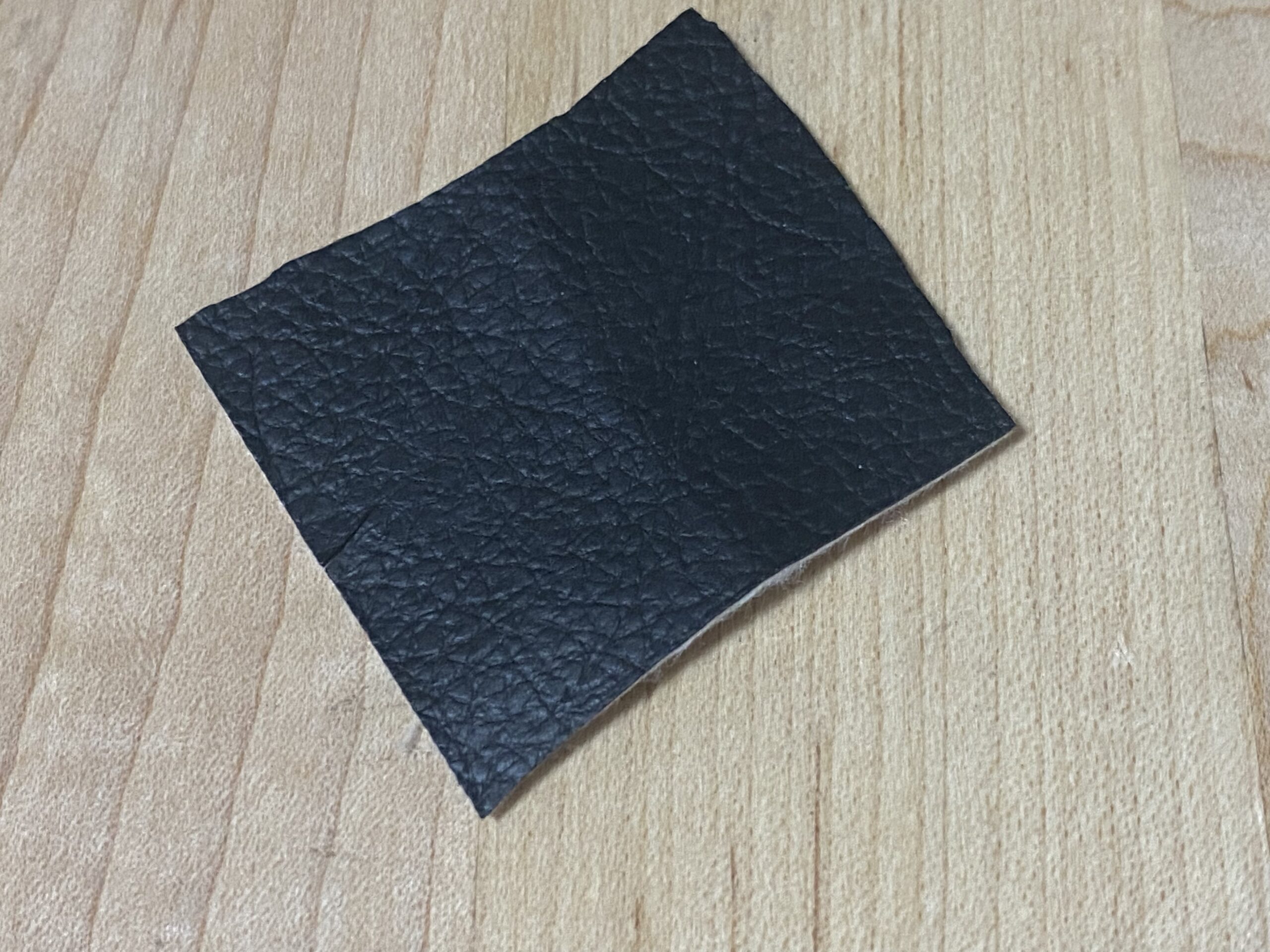
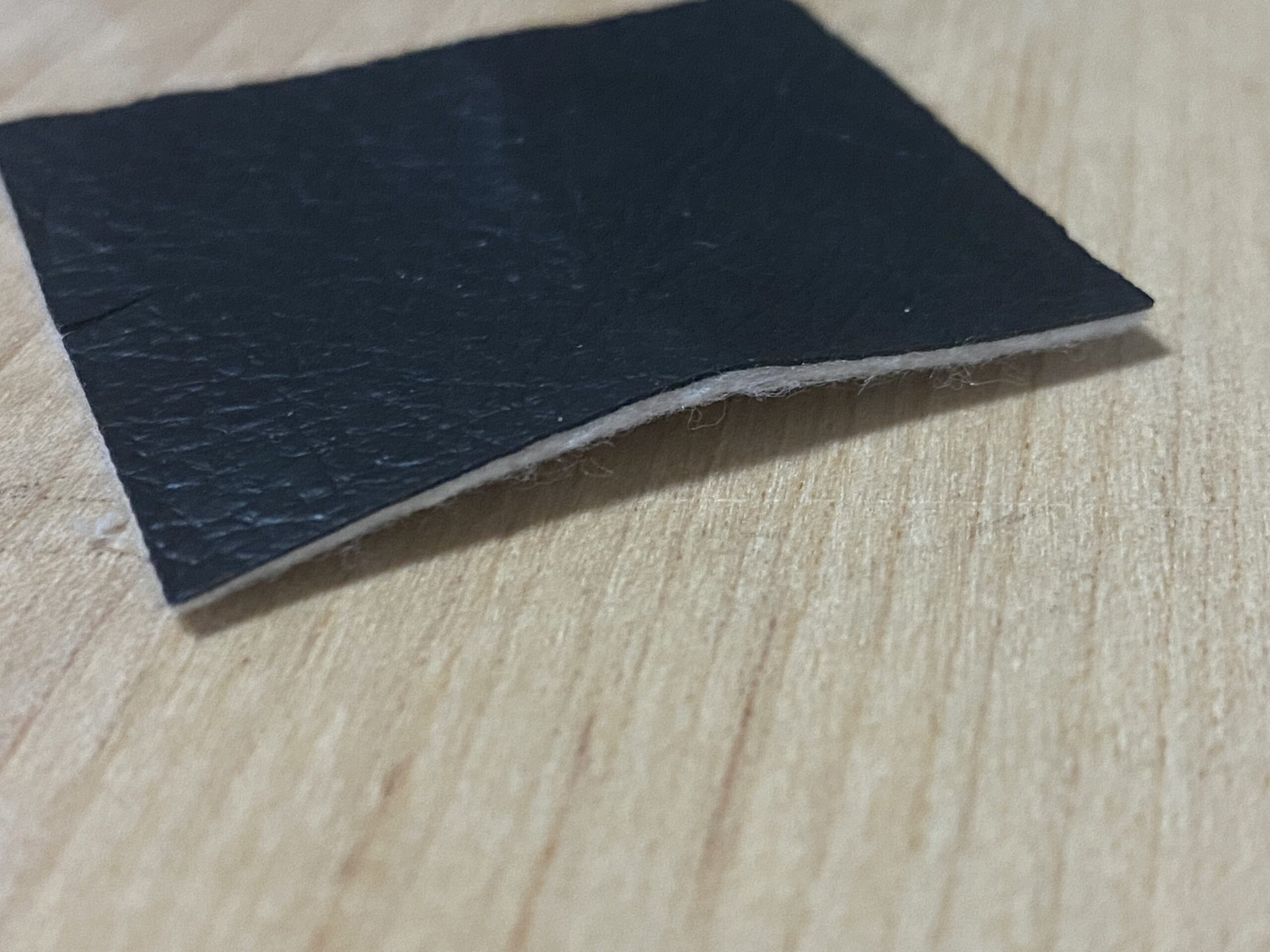
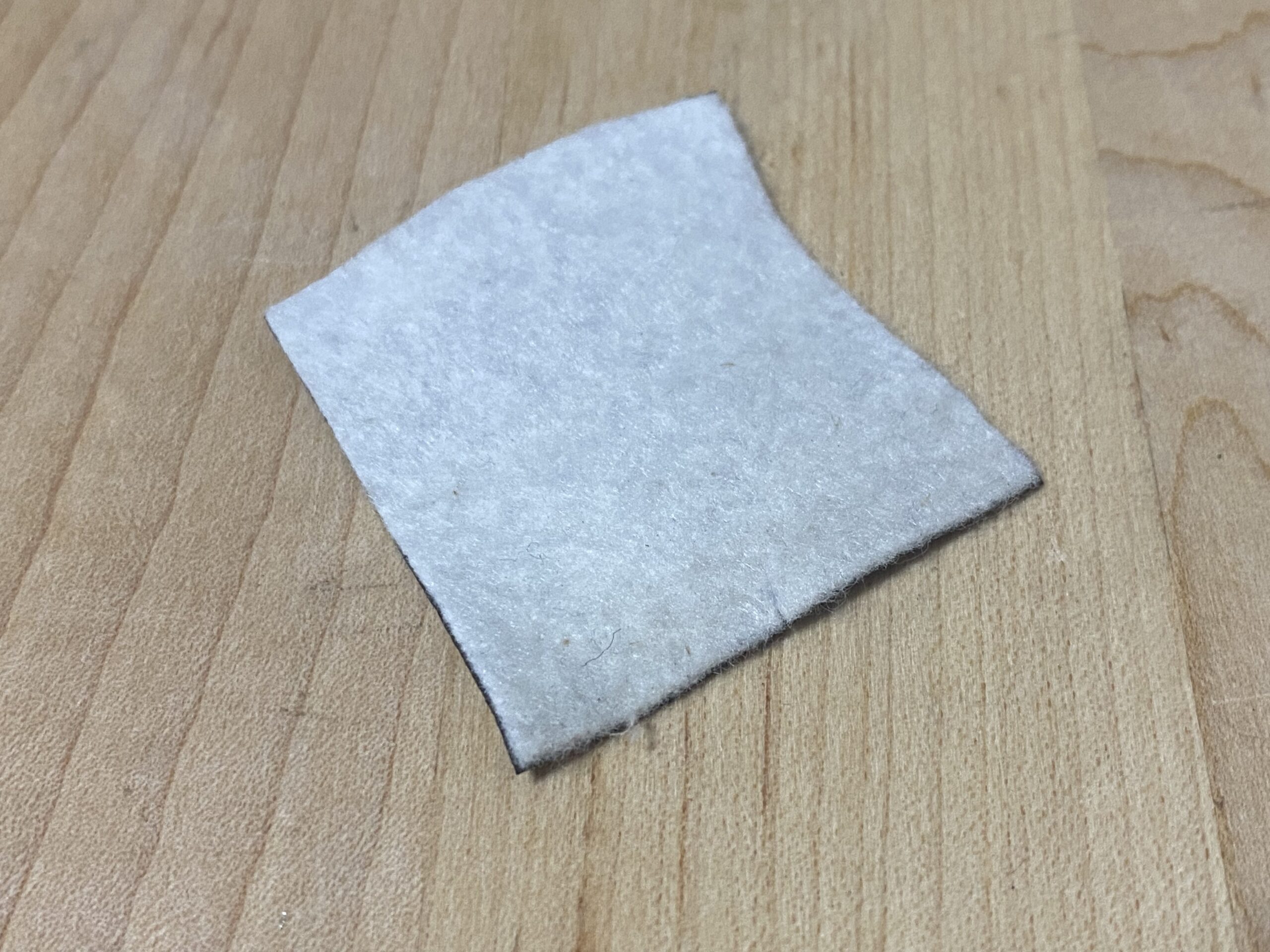
Never Miss an Important Article Again!
Join our Email List


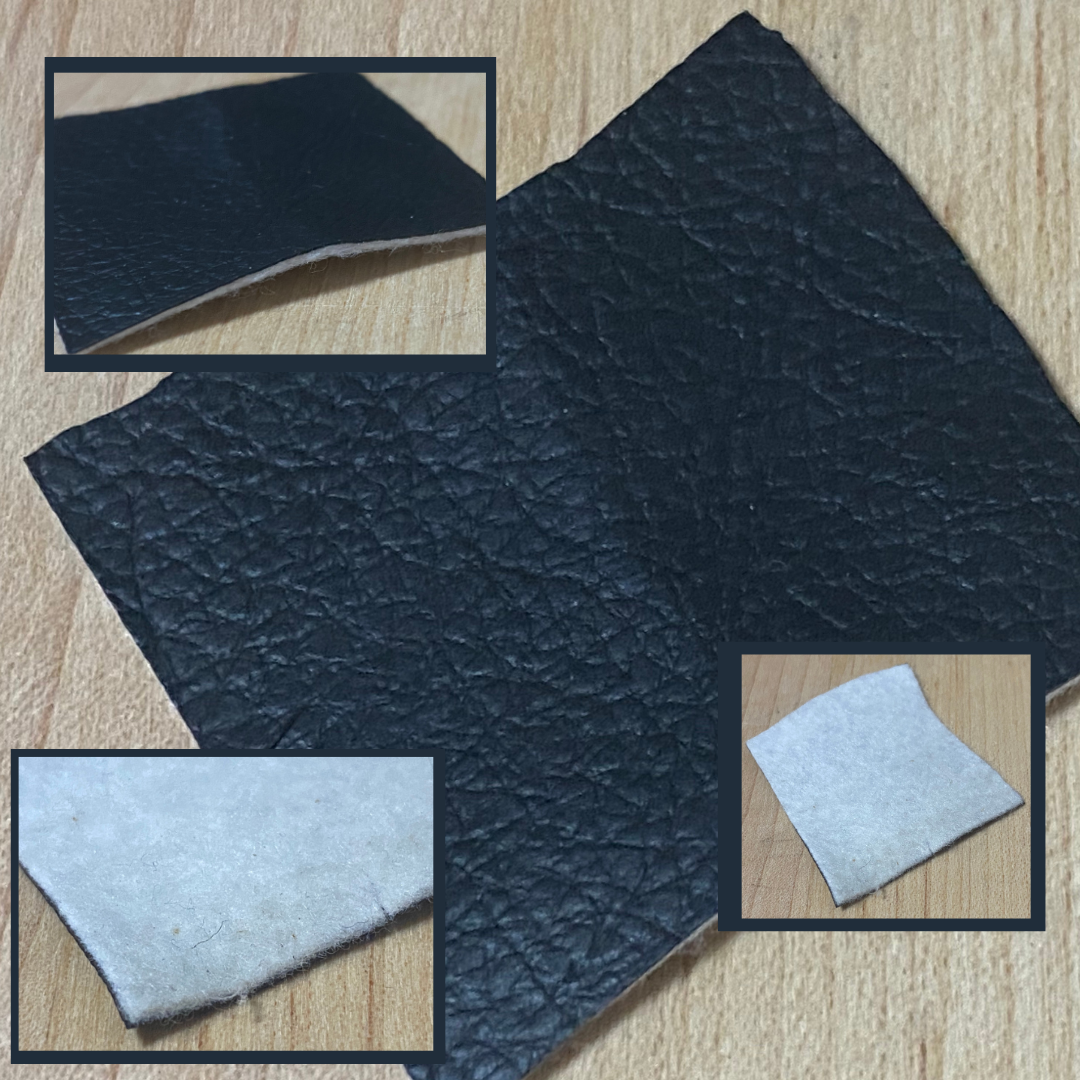
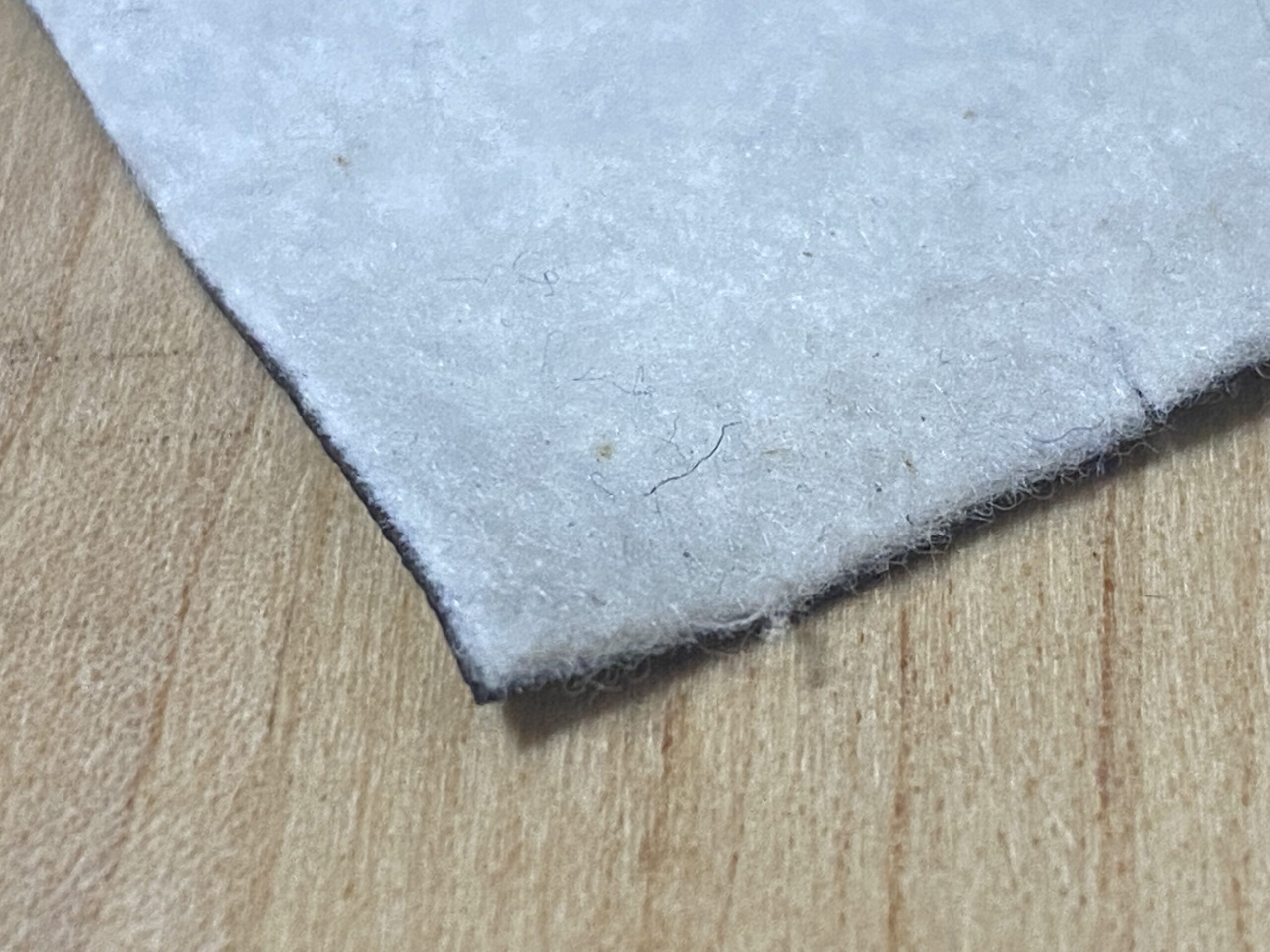

Thank you very much Tamara for the test results, recommendations and information.
I feel sorry the couch turned out to be leaded, we spent so much time on it. At the same time I feel glad that I know it now, we can let it go easily and that it won’t poison my family any longer.
Thank you again!
Thank you for sending that item in as I’ve also been concerned about our RH leather furniture. It’s newer though but still. What brand was the couch you had tested?
Thank you for your comment. Unfortunately I don’t know the brand. My husband bought it before we met. He doesn’t remember the brand. And I couldn’t find the tag on the couch.
Thank you for the information. I seem your recommended mattresses maker. Do you have one for sofas too?